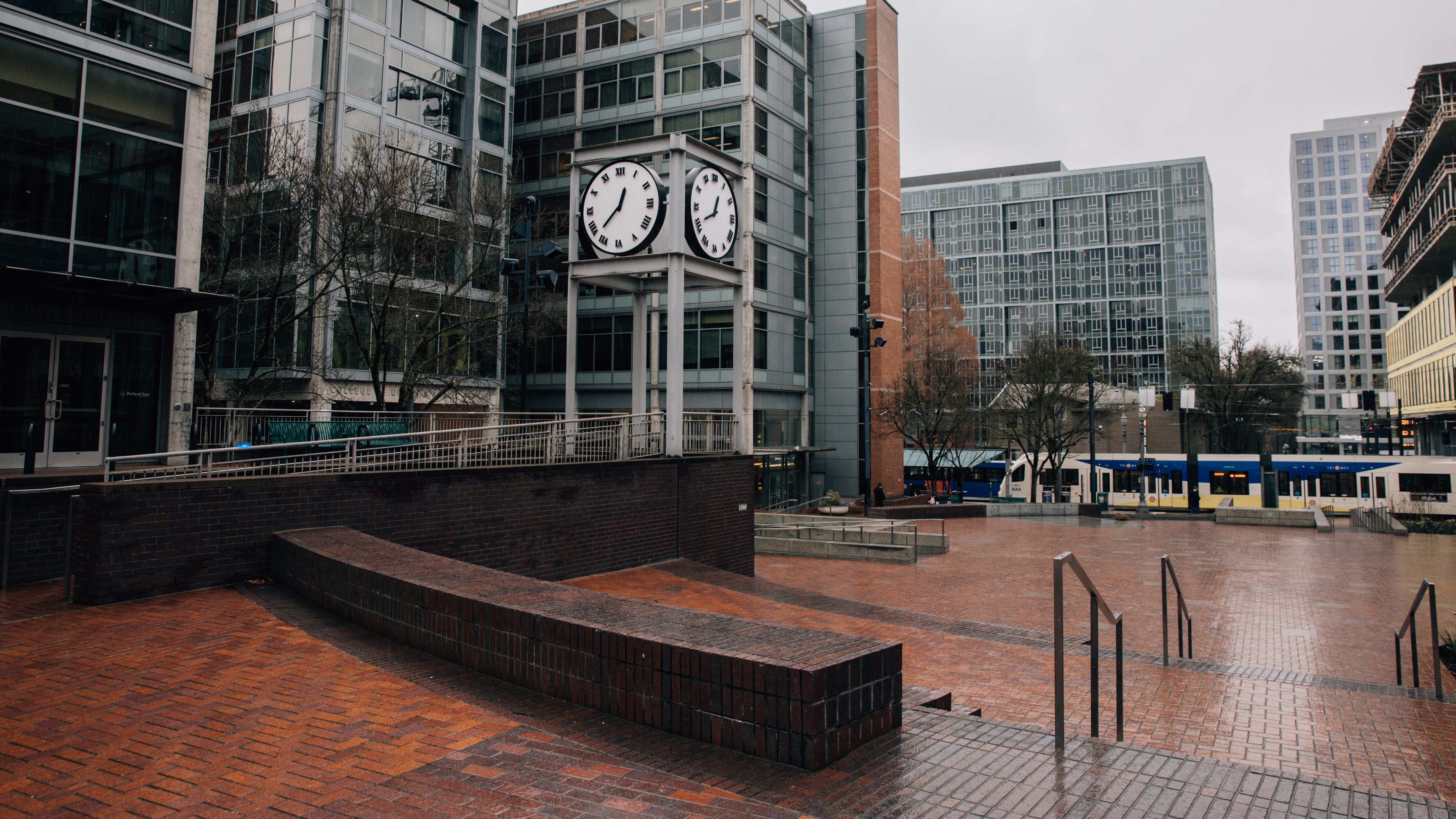Typically in this column, we examine the racial disparities that define life in this state. But this week, we're looking at a number that isn't there—because Oregon doesn't track racial disparities in student debt.
Across the U.S., Black people are burdened by college debt more than other racial demographics, in part because the racial wealth gap means Black students need to borrow more to attend college.
The Oregon Department of Justice is interested in helping student borrowers, but neither it nor any other state agency tracks student debt by race or other demographic data. An agency official says DOJ does and does not have the means to track it in any way.
"Because the Oregon Department of Justice does not make or service student loans, we don't know the demographic data of student loan borrowers," says Ellen Klem, DOJ director of consumer outreach and education.
Other jurisdictions have tracked student debt by geography. In 2019, New York City analyzed 10 different metro areas based on geography and ZIP codes. All majority minority neighborhoods owed more student debt than majority white ZIP codes.
In the greater Cincinnati area, the average student debt for majority white ZIP codes was $6,000 while the average student in majority minority neighborhoods owed more than $10,000.
Mike Pierce, policy director at the nonprofit Student Borrower Protection Center based in Washington, D.C., says most states and cities have just started asking who owes money from college loans.
Pierce has been trying to get someone in Oregon to write a report on student debt data by race for a few years, since he is based in Portland himself.
"I've been pushing to find someone to write this paper because I do think it would be helpful to lawmakers in Salem and just generally good to know because it's a little bit strange how blind we all fly when it comes to student debt in our communities," Pierce says. "No one can tell the story of the student debt crisis in Oregon in a way that seems to resonate."
He says Portland didn't provide a large enough sample size to include in the center's most recent report, which analyzes the racial disparities behind the student debt crisis in four major American cities, including New York City. The big problem? Portland is too white to get useful numbers.
However, the report shows that the median Black borrower still owes 95% of their total student debt, 20 years post-graduation. The COVID-19 pandemic has only exacerbated that wave of debt.
Pierce says a bill that didn't pass in the last Oregon legislative session would've allowed the state to regulate student loan companies. Oregon is the only state on the West Coast that doesn't do this already.
"The Legislature has just not moved for reasons that don't have anything to do with a principal objection to doing the thing," Pierce says. "There's not a sense of urgency there."
Correction: The article wrote the Oregon Department of Justice tracks student data, but that is incorrect. This article has been corrected to reflect this. WW regrets the error.
This reporting has been funded in part by a grant from the Jackson Foundation. See more Black and White in Oregon stories here.

